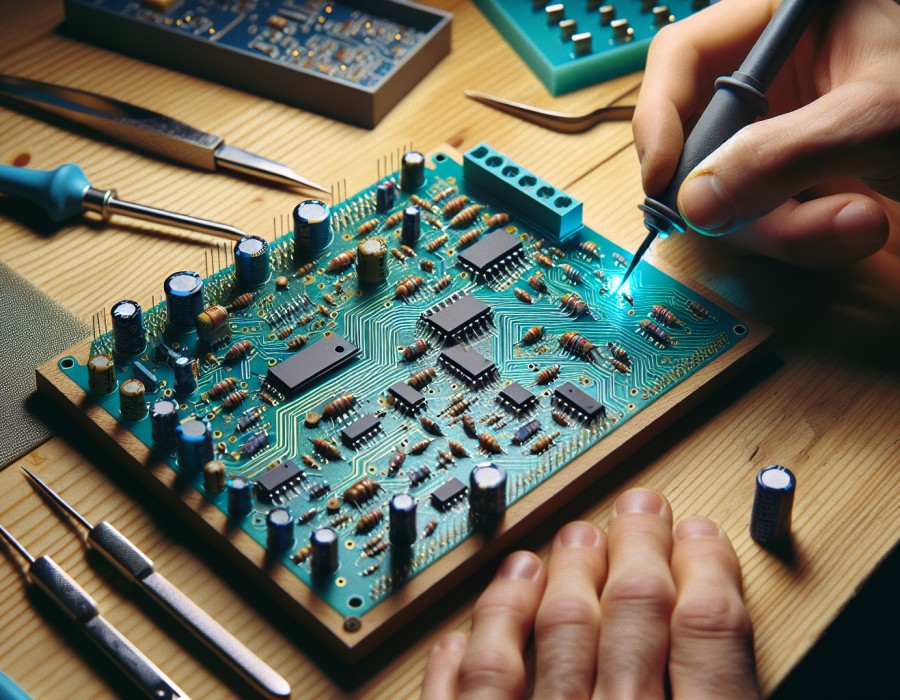In the rapidly evolving field of medical technology, custom PCB (Printed Circuit Board) design is integral to the development of innovative, reliable, and safe medical devices. These custom-designed circuit boards are tailored to meet the specific requirements of medical applications, addressing factors such as size limitations, power consumption, and stringent regulatory standards.
The Significance of Custom PCB Design in Medical Devices
Addressing Unique Needs
Medical devices often have distinct requirements that standard PCBs cannot meet. Custom PCB design enables the creation of boards optimized for specific medical applications, ensuring the highest levels of performance and reliability.
Miniaturization and Advanced Integration
With the ongoing trend toward smaller, more complex medical devices, custom PCB design facilitates the miniaturization and integration of electronic components. This capability is crucial for developing compact, portable, and even implantable devices that enhance patient care and quality of life.
Enhancing Safety and Reliability
Safety and reliability are paramount in the medical industry. Custom PCB designs incorporate redundant systems, fail-safe mechanisms, and other critical safety features to minimize the risk of device failure or malfunction.
The Custom PCB Design Process
Requirements Analysis
The initial phase of custom PCB design involves a comprehensive understanding of the medical device's requirements. This includes its intended use, operating environment, power needs, and adherence to regulatory standards.
Schematic Design
Following requirements analysis, a schematic design is created. This schematic outlines the electrical connections and components that will be used on the PCB, serving as a blueprint for the physical layout of the board.
Component Selection
Choosing the appropriate components is vital for the PCB's performance and reliability. Components for medical applications must be selected based on their quality, durability, and ability to withstand the specific conditions they will encounter.
PCB Layout
The physical layout of the PCB is then designed based on the schematic. This step involves placing components, routing traces, and integrating necessary shielding or grounding. The layout must ensure optimal signal integrity, power distribution, and thermal management.
Design Verification
Before moving to manufacturing, the PCB design undergoes thorough verification to ensure it meets all specified requirements and functions as intended. This verification process includes simulations, testing, and design reviews to identify and address any potential issues.
Custom PCB design is a cornerstone in developing medical devices that are reliable, safe, and high-performing. By meticulously addressing the unique demands of medical applications, adhering to best practices in design and manufacturing, and fostering effective collaboration among stakeholders, companies can produce custom circuit boards that satisfy the stringent requirements of the medical industry. As medical technology continues to advance, the importance of custom PCB design in creating cutting-edge medical devices will only grow, contributing significantly to improved patient outcomes and quality of life.
Source: https://fizara.com/custom-pcb-design-for-medical-devices-and-equipment/





Comments